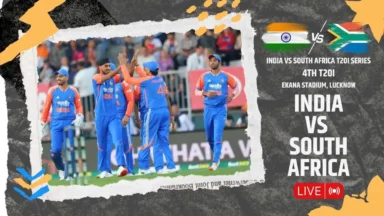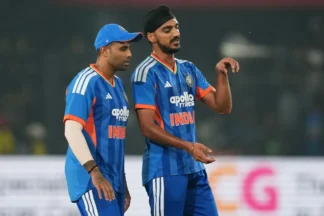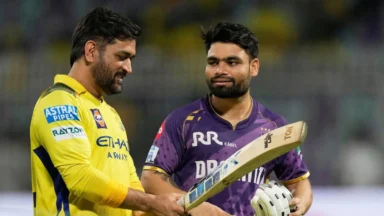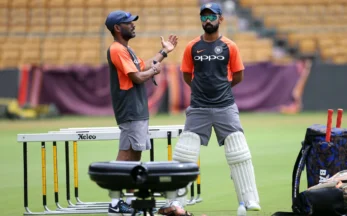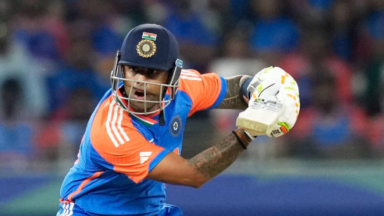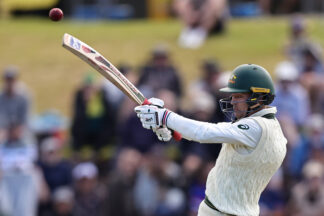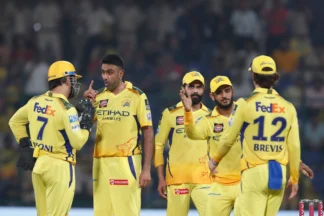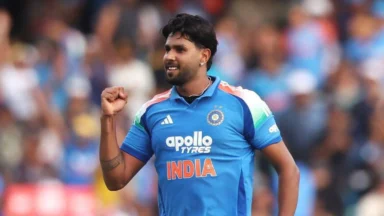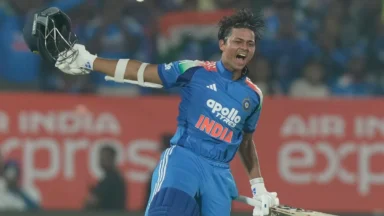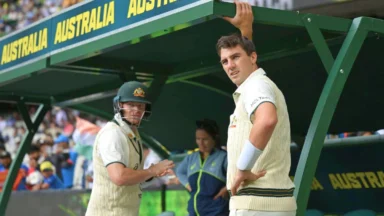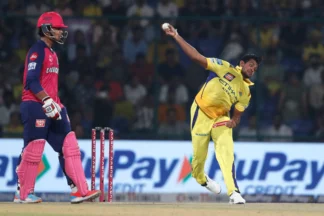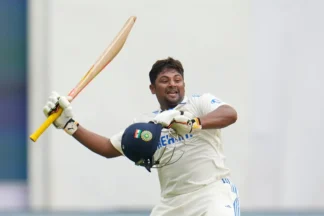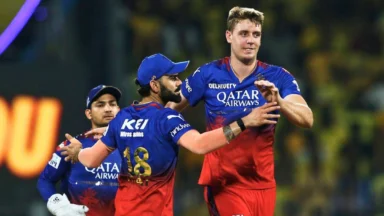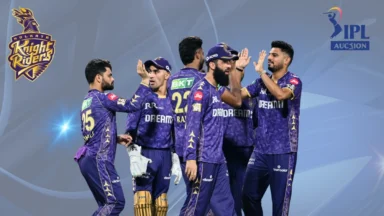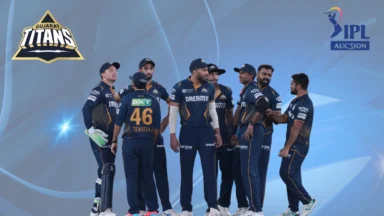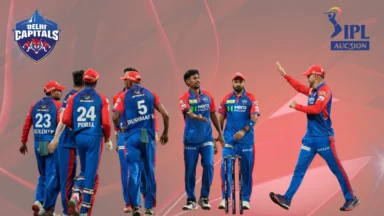The Ranji Trophy, India’s premier domestic cricket tournament, is all set to return for the 2024-2025 season with a range of new changes. The Board of Control for Cricket in India (BCCI) has made several adjustments to its structure and scheduling, hoping to restore the tournament’s former prestige and importance in Indian cricket. Will these innovations bring the Ranji Trophy back to its glory days? Let’s take a closer look.
Major structural changes in Ranji Trophy 2024-2025
In a significant shift, the Ranji Trophy 2024-2025 will now be played in two distinct phases. The first phase starts on October 11, 2024, running until November 13. After a break to accommodate the Syed Mushtaq Ali Trophy (T20) and the Vijay Hazare Trophy (50 overs), the tournament will resume on January 23, 2025, with the knockout stages beginning in February 2025. This change is aimed at avoiding disruption due to the winter weather in northern and eastern India, where heavy fog and rain have often hampered match schedules.
Additionally, the Ranji Trophy format has been revamped to feature 38 teams divided into five groups—four Elite groups and one Plate group. Teams will play against each other within their group, and the top teams will advance to the quarter-finals.
For the Plate group, the top two teams will be promoted to the Elite groups for the next season, while the bottom teams from the Elite groups will be relegated to the Plate group.
Extended recovery Time for Players
In response to player feedback, particularly regarding the gruelling schedule, the BCCI has added an extra day between matches. Previously, players had just a three-day recovery window, which many, including Indian seamer Shardul Thakur, criticised as insufficient.
The additional rest day is intended to ensure that players can maintain peak physical condition throughout the season, allowing them to perform at their best.
Phased Ranji Trophy scheduling
A key reason for splitting the tournament into two phases is to minimise the impact of adverse weather conditions. In previous seasons, matches held in northern and eastern India during winter faced regular disruptions due to rain and fog.
By scheduling the first phase in October and the second phase from late January onwards, the BCCI hopes to ensure that the tournament proceeds smoothly, without weather-related delays.
Enhanced Points System and Toss Rules
The BCCI has also introduced changes to the points system, rewarding teams for both batting and bowling performances in the first innings. Additionally, tosses have been eliminated in the Under-23 CK Nayudu Trophy, with visiting teams given the option to decide whether to bat or bowl first.
Although this change is not part of the Ranji Trophy, it reflects the BCCI’s focus on making domestic cricket more competitive and fair.
Can BCCI bring back glory days of Ranji Trophy?
The BCCI’s decision to restructure the Ranji Trophy and address long-standing issues is a positive step. The phased scheduling, improved recovery times, and revamped format demonstrate that the board is keen to prioritise the welfare of players while ensuring the tournament is completed without disruptions.
The focus on better player management, competitive fairness, and smoother organisation could help re-establish the Ranji Trophy as the pinnacle of Indian domestic cricket.
However, the key challenge remains ensuring that top players continue to participate in the tournament. Over the years, the rise of lucrative T20 leagues and packed international schedules has led to a decline in the number of high-profile players taking part in the Ranji Trophy.
If the BCCI can strike a balance and encourage star players to feature in the competition regularly, it could reignite interest and bring the Ranji Trophy back to its former stature as the breeding ground for India’s cricketing talent.
Historic Ranji Trophy 2024-2025
The changes introduced for the Ranji Trophy 2024-2025 season reflect the BCCI’s commitment to revitalising India’s premier domestic tournament. By addressing issues related to scheduling, player well-being, and competitiveness, the board is taking steps to return the competition to its golden days.
Whether these changes will be enough to fully restore the glory of the Ranji Trophy remains to be seen, but they certainly mark a step in the right direction.
Editor's Pick
 Cricket
Smog & pollution welcome Team India in Lucknow, delay toss for IND vs SA 4th T20I
Cricket
Smog & pollution welcome Team India in Lucknow, delay toss for IND vs SA 4th T20I


